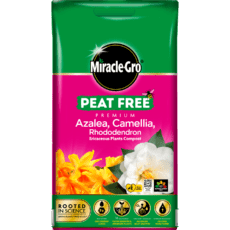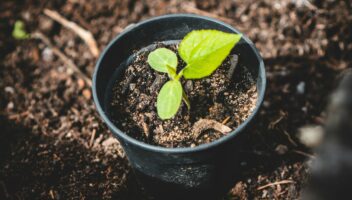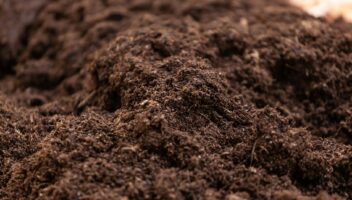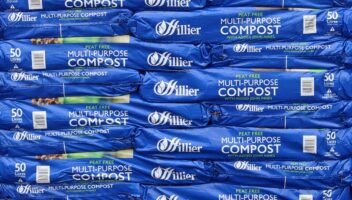Peat is a commonly used component in gardening and agriculture and has long been favoured for its ability to retain moisture and provide nutrients to plants. In recent years, there has been growing concerns over the environmental impact of peat extraction and its use.
These concerns have led to widespread initiatives to phase out its usage and promote peat free alternatives.
What is Peat?
Peat is a natural resource formed over thousands of years from the decomposition of organic matter in waterlogged conditions. It consists primarily of partially decayed plant material, such as mosses, sedges, and other vegetation.
Due to its unique properties, including high water retention and acidity, peat has been extensively harvested for various applications, including gardening, horticulture, and energy production.
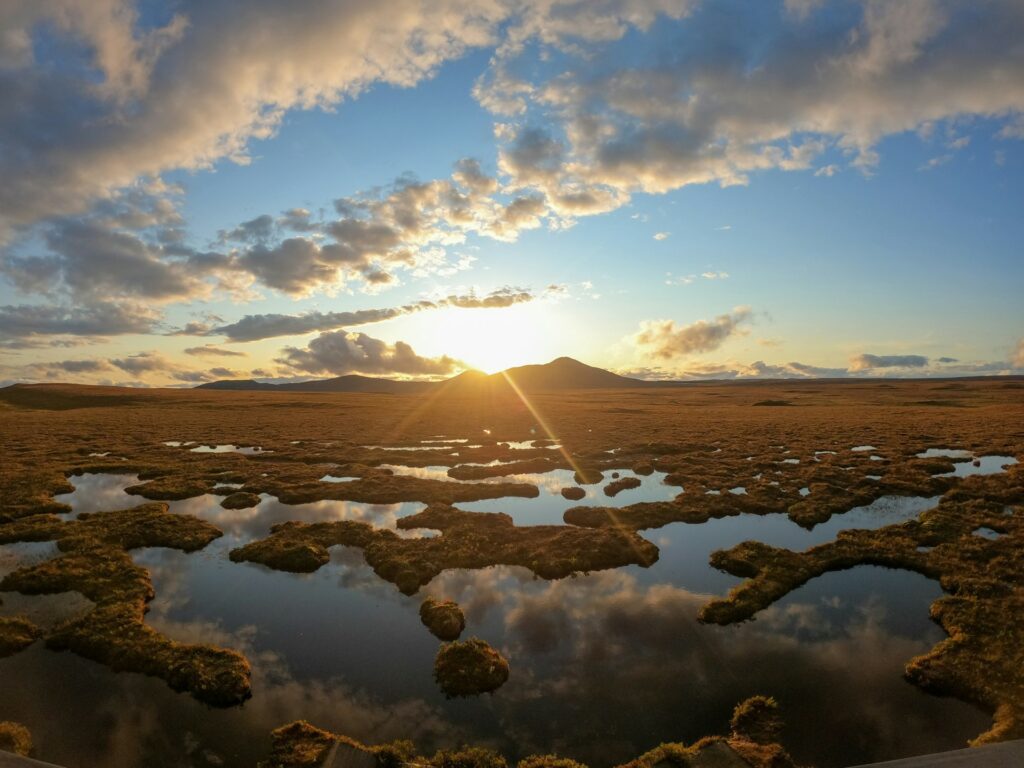
Where Does Peat Come From?
Peat’s origins vary depending on the geographical region. In areas with temperate, boreal, and sub-arctic climates, where low temperatures endure for extended periods, peat primarily forms from bryophytes such as sphagnum mosses, along with herbs, shrubs, and small trees.
Conversely, in the lowland humid tropics, peat largely originates from rainforest trees, encompassing leaves, branches, trunks, and roots, enduring nearly constant high temperatures annually.
Different regions may see peat formation from various plant species adapted to water-saturated conditions.
For instance, in New Zealand, peat derives from members of the Restionaceae family, while in tropical coastal areas, mangroves contribute to peat formation. It’s worth noting that diverse ecosystems globally may still harbour undiscovered types of peat.
Why is Peat Being Banned?
The extraction of peat has significant environmental consequences. It contributes to the loss of valuable habitats, disrupts ecosystems, releases carbon dioxide into the atmosphere, and degrades water quality.
Moreover, peatlands play a crucial role in carbon sequestration, acting as carbon sinks that help mitigate climate change. The unsustainable exploitation of peat poses a threat to biodiversity and exacerbates the global environmental crisis.
In response to these concerns, governments, environmental organisations, and industry stakeholders are taking steps to limit or phase out the use of peat in commercial products. Regulations and policies aimed at conserving peatlands and promoting sustainable peat free alternatives are being implemented worldwide.
Companies like Hillier, are leading the way by embracing peat free practices and advocating for a shift towards more environmentally friendly gardening solutions.
Did you know?
Hillier is actively part of the RHS Transition to Peat Free Fellowship which allows us to contribute our peat free research and findings to a wider body for all to benefit.
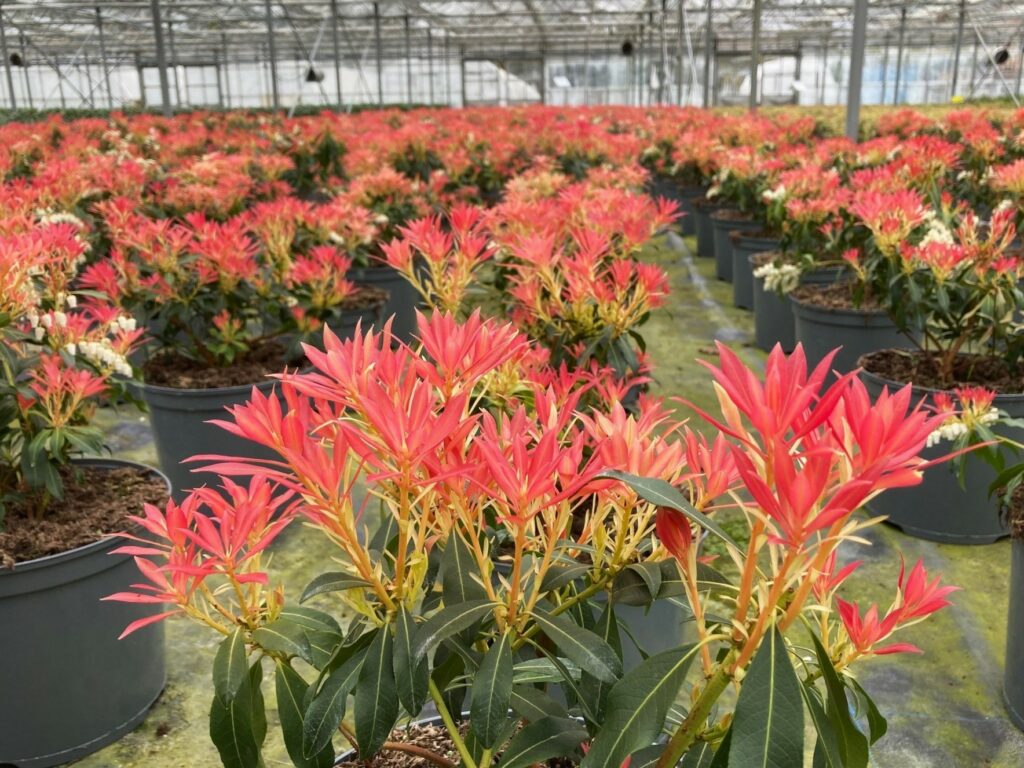
What are the Benefits of Peat Free Alternatives?
Transitioning to peat free compost offers numerous benefits for both the environment and gardeners. We spoke to gardening influencer, and author, Ellen Mary regarding why choose peat free gardening to discuss the numerous benefits.
Peat free compost is typically made from renewable and sustainable materials, such as coconut coir, wood fibre, green waste, and composted bark. These alternatives provide similar or even superior performance compared to peat-based products. They offer excellent water retention, nutrient availability, and soil structure improvement.
From a gardening perspective, peat free composts promote healthier plant growth, reduce the need for synthetic fertilisers, and improve soil biodiversity. They also help conserve precious peatland habitats and contribute to carbon sequestration efforts.
By choosing peat free options, gardeners can actively play a part in protecting the environment and preserving natural resources for future generations.




